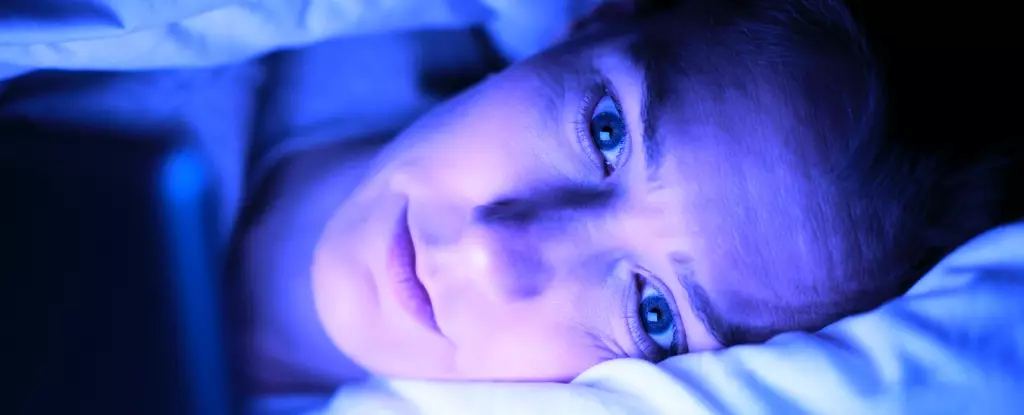In a world where social media is flooded with skincare advice and products promising to protect your skin from various harmful elements, it’s no surprise that blue light has become a hot topic. But what is the truth behind the claims that scrolling on our phones can damage our skin? Let’s dive into the evidence and separate fact from fiction.
Blue light, which is part of the visible light spectrum, is emitted by sunlight as well as electronic devices such as phones, laptops, and TVs. While concerns about the impact of blue light on our eyes and sleep have been raised, the evidence regarding its effect on our skin is still emerging.
Some studies suggest that exposure to blue light can increase pigmentation by stimulating the production of melanin, leading to hyperpigmentation, especially in individuals with darker skin. Additionally, research indicates that blue light may damage collagen, a protein crucial for skin structure, potentially contributing to the formation of wrinkles.
Beyond its impact on skin health, blue light also affects our sleep patterns. The suppression of melatonin, a hormone that regulates our sleep-wake cycle, by blue light exposure before bedtime can disrupt our natural sleep process, making it harder to fall asleep and potentially reducing the quality of our rest. Long-term sleep deprivation can exacerbate existing skin conditions such as acne, eczema, and rosacea.
The stimulating nature of screen content, whether from social media, news articles, video games, or work-related tasks, can keep our brains active and alert, hindering our ability to transition into a restful state. Prolonged exposure to blue light and subsequent sleep disturbances can elevate cortisol levels, break down collagen, weaken the skin’s barrier, and make it more susceptible to environmental damage and dryness.
With growing concerns about the impact of blue light on skin health, the beauty industry has introduced a range of protective products such as mists, serums, and lip glosses. However, the effectiveness of these products in shielding the skin from blue light remains questionable, particularly for individuals with conditions like melasma that require stringent protection from visible light.
While mineral-based sunscreens and cosmetics that block all light offer the most comprehensive protection, the lack of rigorous testing for non-opaque products makes it challenging to determine their efficacy. As such, it is crucial to prioritize good sun protection with a broad-spectrum sunscreen that safeguards the skin against UV rays and light exposure.
To minimize blue light exposure, especially at night when it can disrupt sleep patterns, consider incorporating the following practices into your daily routine:
– Use the “night mode” setting on your devices or employ a blue-light filter app to reduce exposure to blue light in the evening.
– Limit screen time before bedtime and establish a relaxing nighttime routine to promote restful sleep.
– Keep your phone and other devices at a distance from your skin to minimize direct exposure to blue light.
– Opt for mineral and physical sunscreens containing titanium dioxide and iron oxides for broad protection, including defense against blue light.
While blue light exposure has been associated with certain skin concerns, such as pigmentation, ongoing research is needed to fully understand its implications. While skincare products designed to protect against blue light show promise, further testing is required to validate their effectiveness. In the meantime, focusing on comprehensive sun protection with a quality sunscreen is key to safeguarding your skin against potential damage from UV rays and blue light.


Leave a Reply